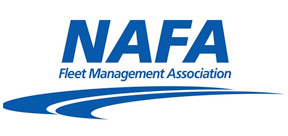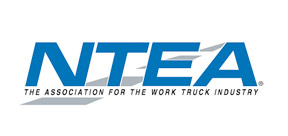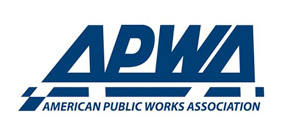Public art program puts Coldwater on the map
A city of just over 14,000 residents has proven that even small towns can make an outsized impact through public art.
Coldwater, Mich.’s, Economic Development Coordinator Erin Veysey attributed the success of a recent initiative to a winning combination of community engagement, strategic planning and a commitment to creativity.
“Our public art program is deeply connected to the success of our downtown revitalization efforts,” said Veysey. “It increases foot traffic, enhances the downtown’s appeal for residents and visitors and attracts new businesses and entrepreneurs. It’s all about creating vibrant spaces and facilitating creative environments.”
The program began with a simple yet powerful concept: involve local students in creating public art. Veysey recalled how the initiative started with a sticky note from the mayor asking her to engage students from the local trade school. The result was a stunning 16-foot metal tree sculpture designed and built by high school welding students.
“The pride on their faces when they saw their work displayed in the heart of downtown was incredible,” said Veysey. “That was it for me. This project became my pride and joy.”
The sculpture, which stands in Four Corners Park, was just the beginning. The program has since expanded to include rotating sculptures, murals and commissioned pieces. Each year, new student-created sculptures are added to the downtown area, ensuring that the program remains dynamic and fresh. It’s a way to keep the community engaged and to give students a sense of ownership and pride in their work.
In addition to supporting student-led projects, the program has courted professional artists to create commissioned pieces. One standout mural, “The Best One Ever,” was painted by Courtney Clark and inspired by her late mother’s love of Coldwater’s lakes scene. The work, which features a serene lake scene with a blue heron, turtles and native vegetation, has become a beloved fixture in the community. In fact, Veysey herself has been drawn to it.

“It’s a piece that hits you in the feels,” she said. “It’s very sentimental and lifelike, and it resonates with so many people.”
Another mural, currently in progress, is being painted on the side of the Children’s Museum of Branch County by Grand Rapids-based artist Rhiannan Sibbald. The piece features native plants and animals, including ladybugs, hummingbirds and sunflowers, and is designed to brighten up the historic building.
“Rhiannon uses a fascinating method to lay out her murals,” said Veysey. “She starts with what looks like graffiti – shapes, letters and symbols – and then transforms it into a stunning mural. Watching the progress has been incredible.”
Veysey contended that the program’s success is not just about the art itself but also about its strategic placement and alignment with the city’s economic development goals.
“We were very intentional with how we displayed the art. For example, placing a wooden turtle sculpture outside the library where kids can climb on it, or situating murals in high-traffic areas to draw people in. It’s all about creating a sense of place and making downtown a destination.”
The community’s response has been overwhelmingly positive. Events like Art After Hours, which features live artists, chalk art and gallery shows, have drawn crowds and created a buzz around the program. A point of pride for Veysey is that she has been asked by the public to host more events like this because people enjoyed the experience so much.
She also highlighted the importance of partnerships in making the program a reality.
“There’s no way we could have done this without our sponsors and community partners,” she said. “From the tourism bureau to local businesses, everyone has played a role in bringing this vision to life. Building strong relationships with stakeholders is key to the program’s success.”
Looking ahead, Veysey has ambitious plans. She hopes to expand the number of sculptures and murals each year, depending on funding and grants. She also dreams of painting an entire street in front of the city’s old opera house, a project she has affectionately dubbed her “lofty goal.”
Veysey said public art programs like Coldwater’s don’t have to be complicated. In her words, “Start small, but think big. Align art with your economic development goals, engage the community, build strong partnerships and treat public art as a long-term placemaking and branding strategy. And most importantly, celebrate and promote your successes.”
Next Article: Fisk finds joy connecting others with nature




